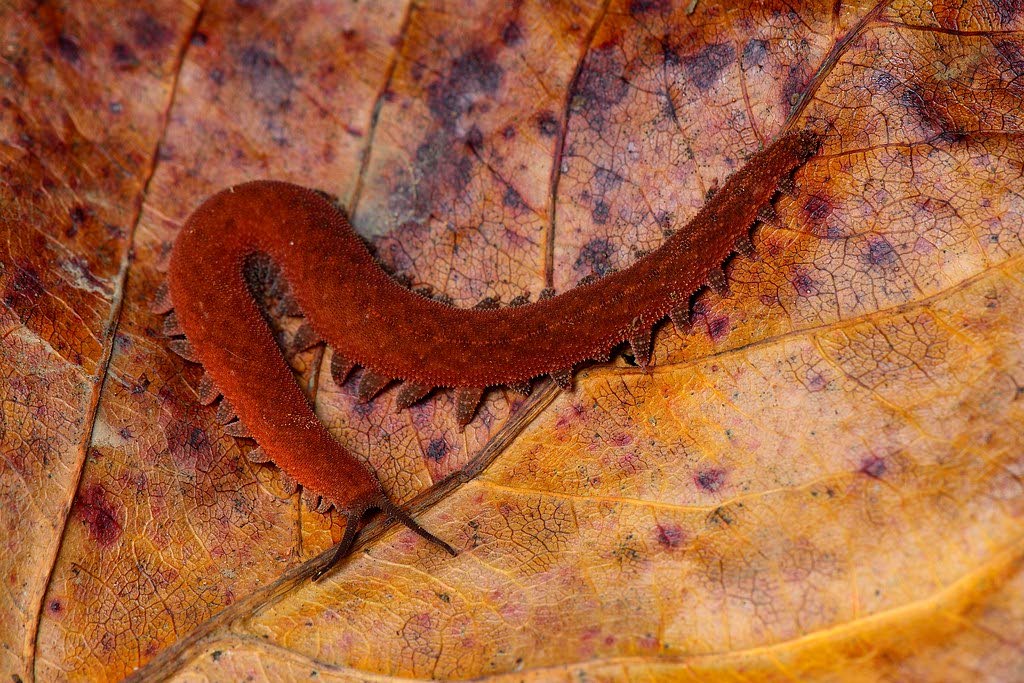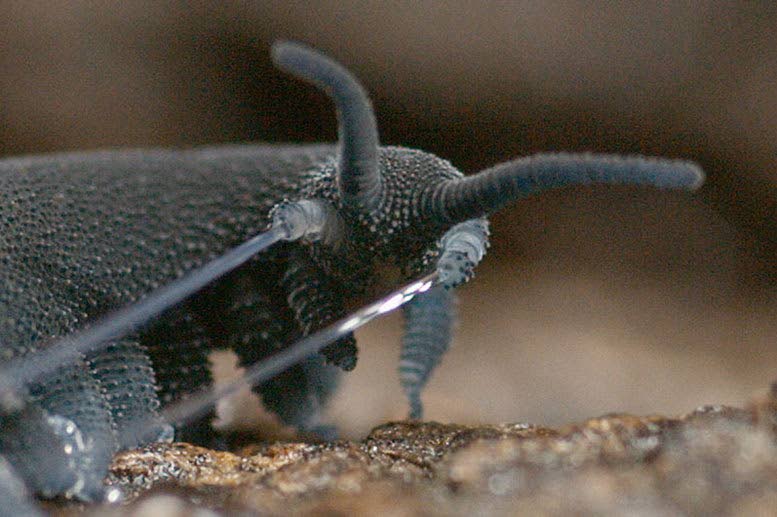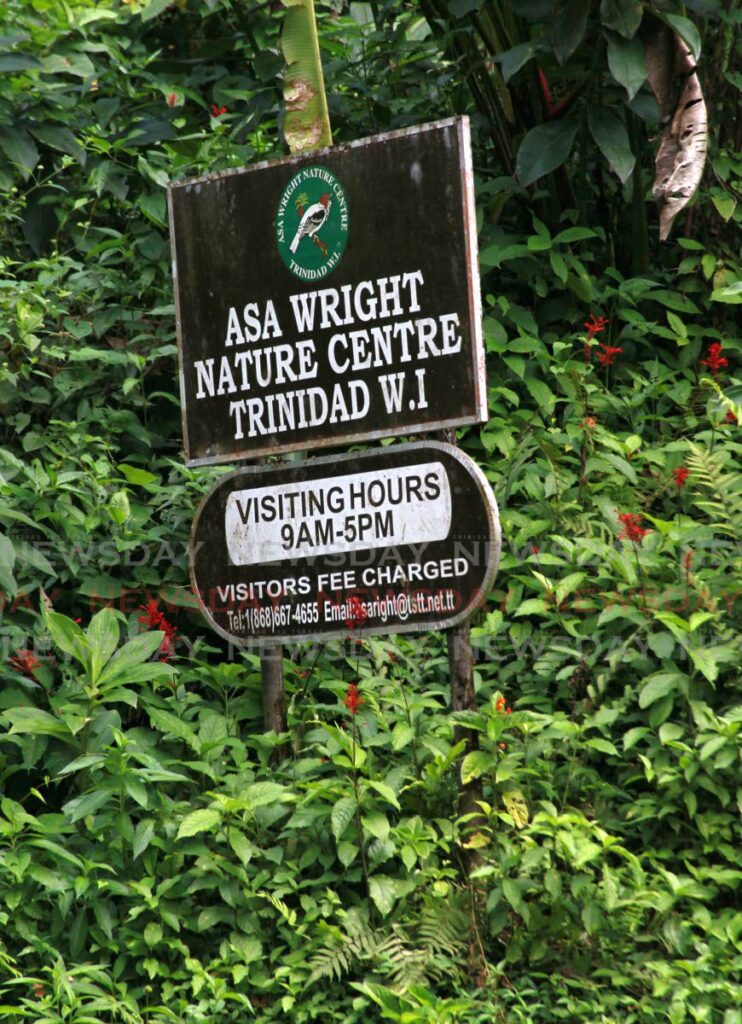Mysterious velvet worm lurks in local forests

Did you know an animal is lurking in the forests of Trinidad and Tobago that is so rare and strange, you may think it’s something right out of a science fiction movie?
The rarely seen velvet worm (Macroperipatus torquatus) has a combination of anatomical features from different animals which makes it so unique that it belongs to a phylum (a level of animal classification below kingdom and above class) of its own.
If you are fortunate enough to see this creature in real life, you may notice it shares similar characteristics with arthropods like centipedes and millipedes.
For example, it walks around like a millipede and has two antennas like a centipede.
But as aquatic ecologist Dr Ryan Mohammed told Newsday Kids, velvet worms aren’t arthropods because it lacks a hard exoskeleton.

However, this isn’t the only unique anatomical feature of this animal.
Mohammed explained, “The internal structure of a velvet worm is very similar to that of annelid worms like an earthworm, for example.
“At the same time, it shares characteristics with molluscs but it doesn’t have a shell.
“So, it’s neither a mollusc, annelid nor arthropod but it’s actually in a group of animals by itself because it shares the characteristic from three different phyla.”
So what exactly are velvet worms?
Mohammed said these animals are classified in a phylum of their own called onychophora.
Velvet worms can grow up to 15 centimetres in length and are solitary which means they spend most of their life alone.
They can be found in different colours including red, purple, brown and orange with their outer coverings usually looking like velvet.
They are ferocious predators and have a distinctive hunting style.
Mohammed explained, “They will actively hunt other insects like crickets, grasshoppers and ants. But the way they hunt is very interesting.
“Spiders will spin a web from their abdomen and even though their webs are sticky, it is dry.
“Velvet worms squirt two streams of a very sticky slime from projections near their mouth towards an organism.

“They squirt it going in a spiralling motion and that’s how they trap their prey…then they feed off of their prey’s juices.”
And Mohammed assures you that you do not want to touch the velvet worm’s slime or get it between your fingers because it’s as strong as crazy glue.
If you didn’t think the velvet worm was strange before, hearing how they reproduce may change your mind.
“They go through external reproduction where the female could actually get pregnant by having sperm deposited on her. The female absorbs the sperm through her body. They also give birth to live young.”
True to their unique existence, these animals require very specific environmental conditions to survive.
“Trinidad has at least one species of velvet worm and Tobago is supposed to have a species of its own as well.
“They like very high elevation, high humidity, they work well in cool temperatures and they don’t like to be desiccated (dried out) because they have a very soft outer body coating.”
In Trinidad, velvet worms have been spotted in Brasso Seco Village, Aripo and near the Asa Wright Nature Centre.

To show how rare they are, Mohammed said he has only seen one in the 1990s in Princes Town.
“They are very hard to find because they spend a lot of time under leaf litter and logs. In the Arima Valley, you can find them on very moist cliff faces where you have a lot of algae and ferns.”

Comments
"Mysterious velvet worm lurks in local forests"